Yes, yes I know this is an ancient topic. But the problem to store large amount of images and how the underlying folder structure should be organized. So I present my way to handle it in the hope this might help some people.
The idea using md5 hash is the best way to handle massive image storage. Keeping in mind that different values might have the same hash I strongly suggest to add also the user id or nicname to the path to make it unique. Yep that's all what's needed. If someone has different users with the same database id - well, there is something wrong ;) So root_path/md5_hash/user_id is everything you need to do it properly.
Using DATE / DATETIME / TIMESTAMP is not the optimal solution by the way IMO. You end up with big clusters of image folders on a buisy day and nearly empty ones on less frequented ones. Not sure this leads to performance problems but there is something like data aesthetics and a consistent data distribution is always superior.
So I clearly go for the hash solution.

I wrote the following function to make it easy to generate such hash based storage paths. Feel free to use it if you like it.
/**
* Generates directory path using $user_id md5 hash for massive image storing
* @author Hexodus
* @param string $user_id numeric user id
* @param string $user_root_raw root directory string
* @return null|string
*/
function getUserImagePath($user_id = null, $user_root_raw = "images/users", $padding_length = 16,
$split_length = 3, $hash_length = 12, $hide_leftover = true)
{
// our db user_id should be nummeric
if (!is_numeric($user_id))
return null;
// clean trailing slashes
$user_root_rtrim = rtrim( $user_root_raw, '/\\' );
$user_root_ltrim = ltrim( $user_root_rtrim, '/\\' );
$user_root = $user_root_ltrim;
$user_id_padded = str_pad($user_id, $padding_length, "0", STR_PAD_LEFT); //pad it with zeros
$user_hash = md5($user_id); // build md5 hash
$user_hash_partial = $hash_length >=1 && $hash_length < 32
? substr($user_hash, 0, $hash_length) : $user_hash;
$user_hash_leftover = $user_hash_partial <= 32 ? substr($user_hash, $hash_length, 32) : null;
$user_hash_splitted = str_split($user_hash_partial, $split_length); //split in chunks
$user_hash_imploded = implode($user_hash_splitted,"/"); //glue aray chunks with slashes
if ($hide_leftover || !$user_hash_leftover)
$user_image_path = "{$user_root}/{$user_hash_imploded}/{$user_id_padded}"; //build final path
else
$user_image_path = "{$user_root}/{$user_hash_imploded}/{$user_hash_leftover}/{$user_id_padded}"; //build final path plus leftover
return $user_image_path;
}
Function test calls:
$user_id = "1394";
$user_root = "images/users";
$user_hash = md5($user_id);
$path_sample_basic = getUserImagePath($user_id);
$path_sample_advanced = getUserImagePath($user_id, "images/users", 8, 4, 12, false);
echo "<pre>hash: {$user_hash}</pre>";
echo "<pre>basic:<br>{$path_sample_basic}</pre>";
echo "<pre>customized:<br>{$path_sample_advanced}</pre>";
echo "<br><br>";
The resulting output - colorized for your convenience ;):


